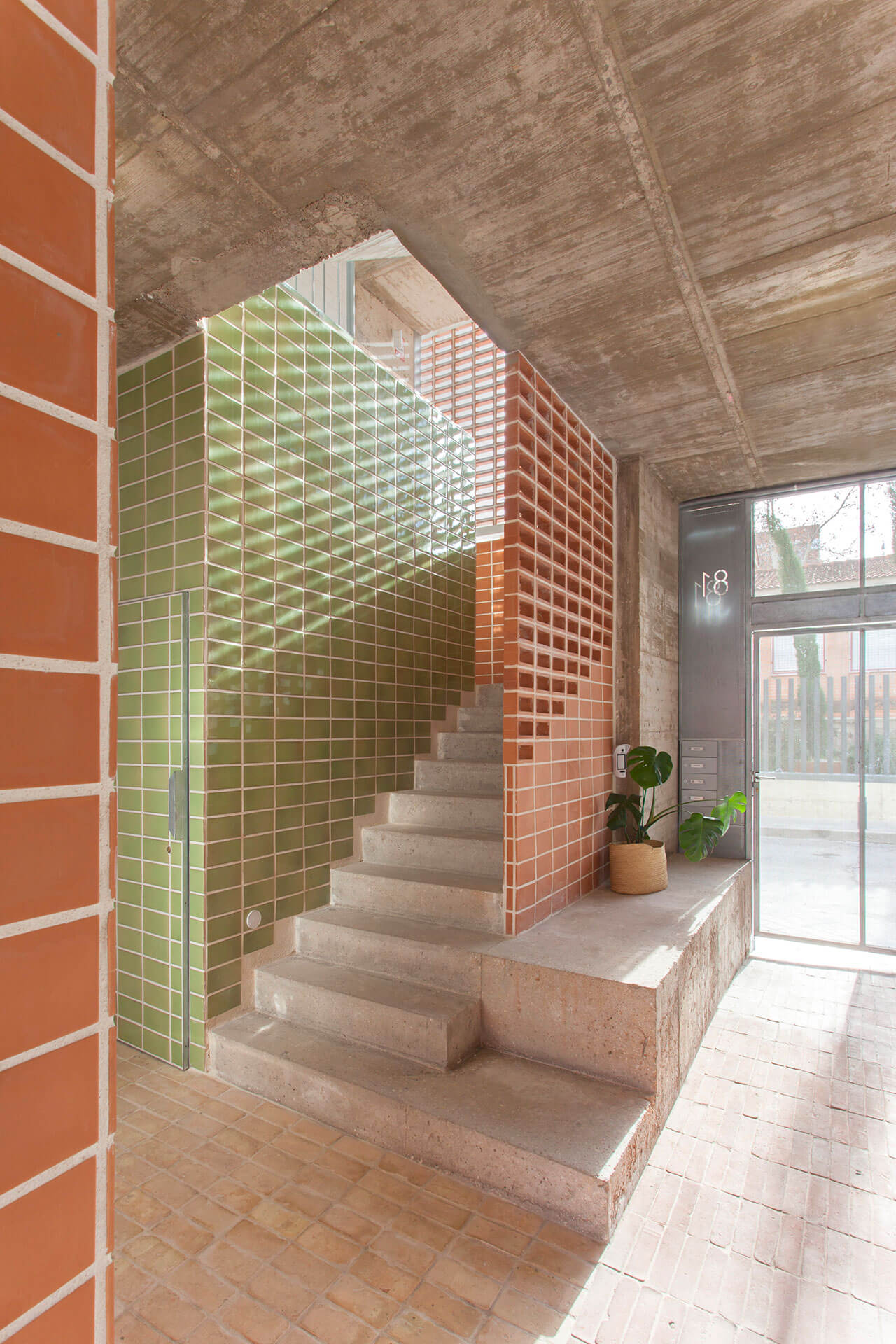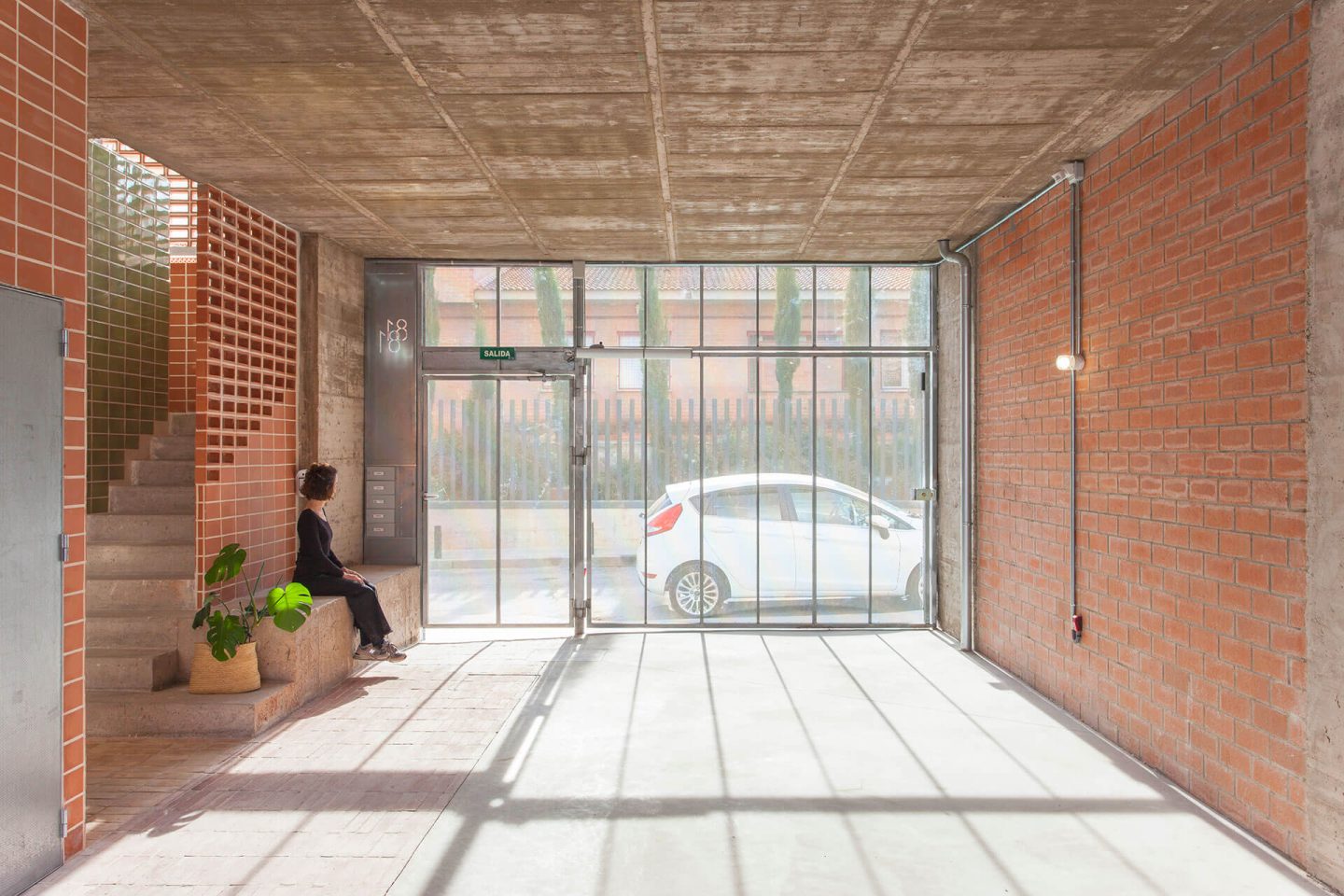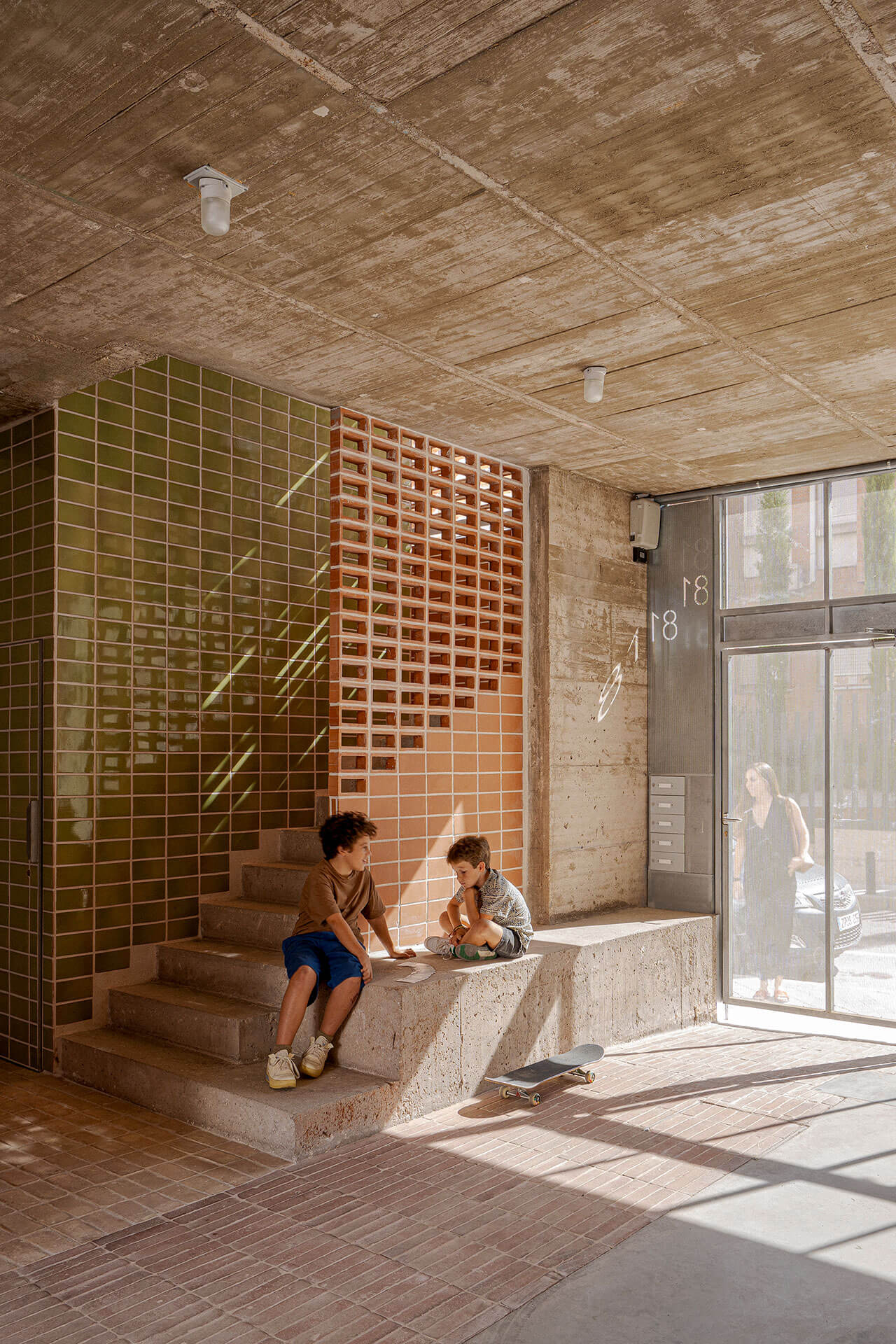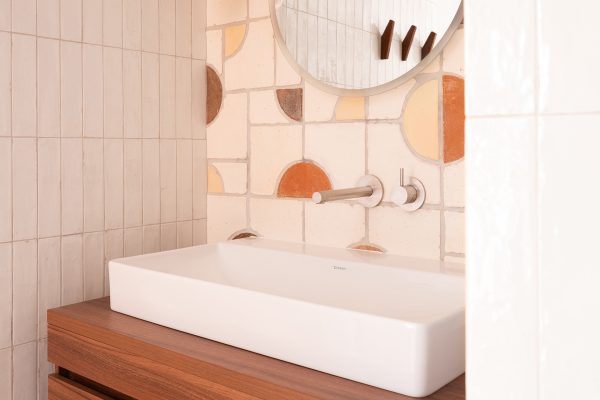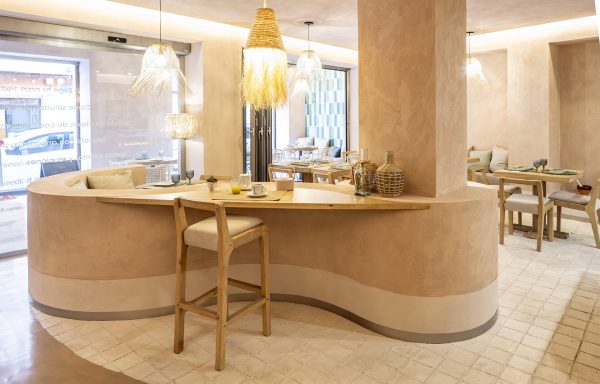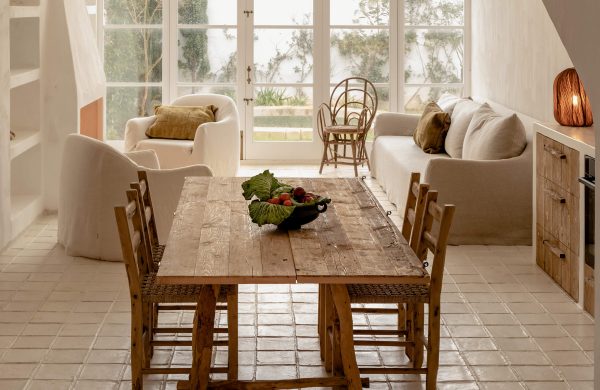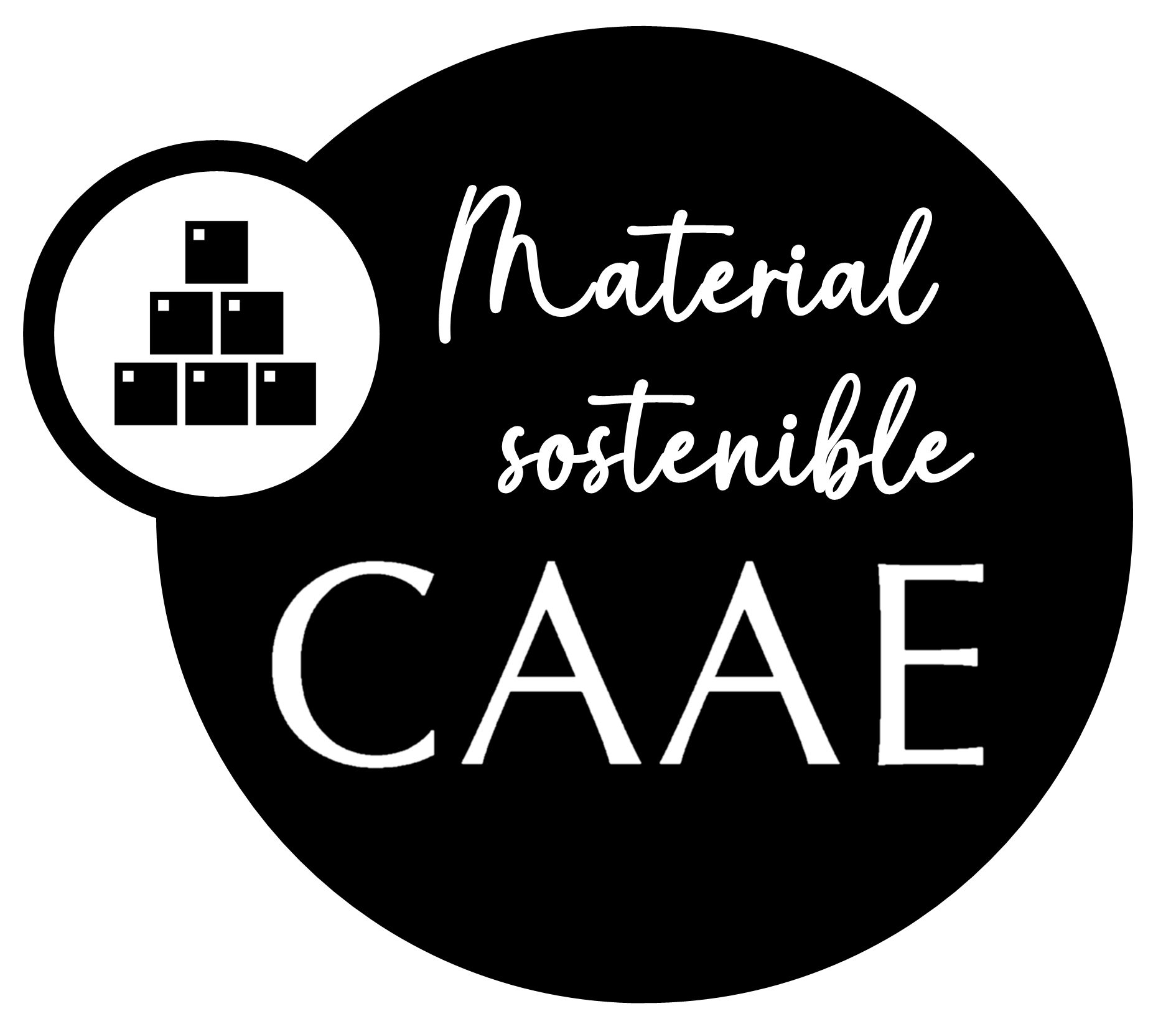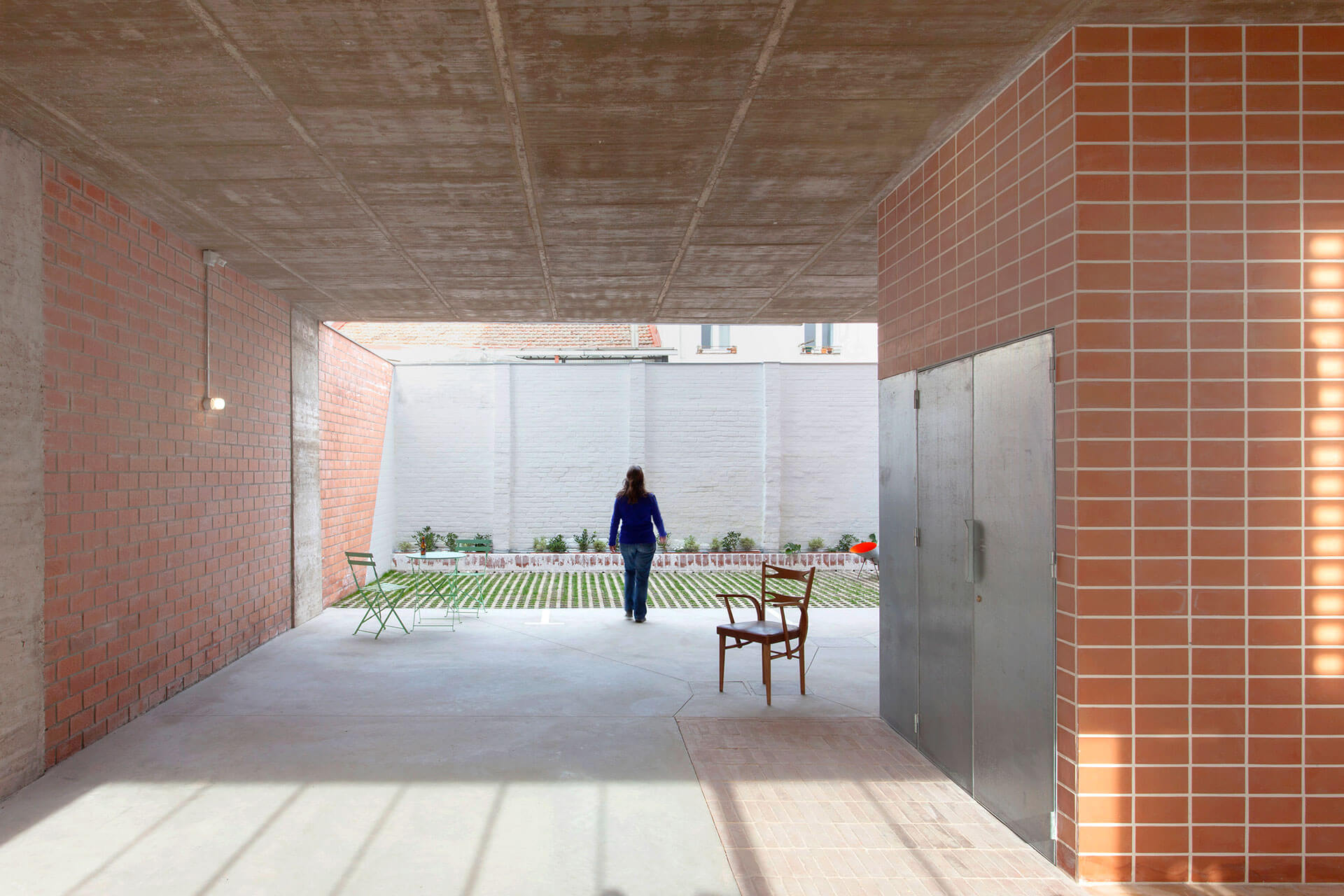
Bricks for the driveway: the Botijo House
Our clay bricks for the driveway of this building send a clear message in the latest project led by architect Alegría Zorrilla.
The Madrid firm Ale Estudio has completed an exciting project: the Botijo House. It is a residential building located in Carabanchel Bajo, a famous working class neighborhood in Spain’s capital. The industrial context of the early twentieth century in which the building is located is infused into the aesthetics and functionalities of the common spaces, as well as into the choice of materials. Among them are our clay bricks for the driveway.
Ale Estudio’s interesting proposal consists of fortifying and protecting a way of life that is in danger of extinction, but that still resists in this corner of the capital. It is about the community relationship of the neighborhoods: the coexistence between neighbors in the same street, in the same building.
History of a staircase: clay bricks for the entrance of a building
This neighborhood of Carabanchel is one of the few burrows in Madrid where you can still see the neighbors sitting at their doorstep to sunbathe in the winter and take the cool evening breeze in the summer. The adjoining buildings are industrial buildings from the 10’s and 20’s, one-story, made with red brick. It is a place standing still in time.
The Botijo House is a small building of three houses in which the architects have incorporated an inner courtyard in which to make common life, and a magnificent lattice that in addition to providing great bioclimatic benefits, blurs the line between private and common. The house is designed to be a place where you get to know your neighbors.
With all of the above in mind, the choice of our bricks for the entrance walkway seems to us to be an almost poetic choice: it is like an invitation to walk on the past.
Our Antique texture next to reinforced concrete
The use of our bricks becomes even more interesting when seen in contrast to the other materials used, namely the glass and steel door and the reinforced concrete surfaces.
All our pieces are subjected to a controlled aging process that results in what we at todobarro call the Antique texture. It is a very recognizable feeling to the touch; one we find in old terracotta surfaces. With use, and over time, terracotta floors become softened and more polished, providing surfaces with a silky smooth texture. Through our aging technique, we can also pinpoint all impurities and defective pieces, as they do not resist the process, and thus easily identify and discard them.
The façade and entrance of the building have a totally industrial aesthetic, but finding that old clay pavement takes us directly to the collective houses of other times, to the one-story houses with a chimney in the middle, to the conviviality of the Modern Era. It is both a suggestion and an invitation to its inhabitants.
